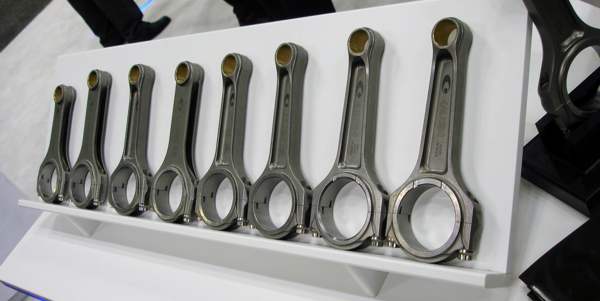Choosing the Correct Camshaft – Bangin’ on the Bumpstick
There are numerous aspects involved in designing an engine combination. Displacement, compression, airflow, etc., and it is the camshaft’s job to ensure that all of these work together properly to achieve optimum performance. That’s why the cam is often referred to as the “brain” of the engine.
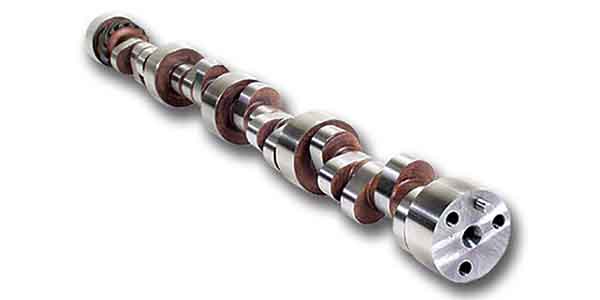
Today’s Grassroots Drag Racing Market
Bracket racing is the most popular form of drag racing. Participants in various bracket racing classes make up the majority of NHRA & IHRA land racers in the U.S. Drag races usually cover 1/8 or 1/4 mile tracks on land, a couple hundred feet for mud and usually 1/4 mile for water. Some high-powered land
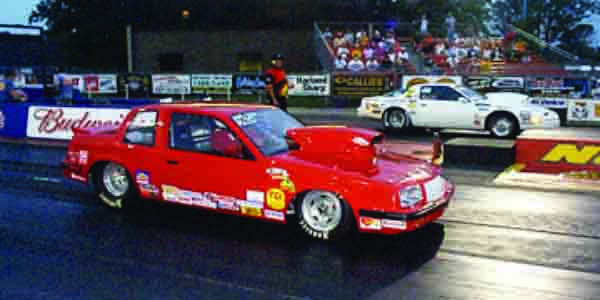
Big-block Chevy Dragster “Hangs Out” at Green Bay Art Gallery
This “turn-key” mid-engined dragster was built by Undercover Motorsports. It is powered be a 555-cubic-inch 900-hp Chevrolet V8 from Dart Machinery, Ltd.
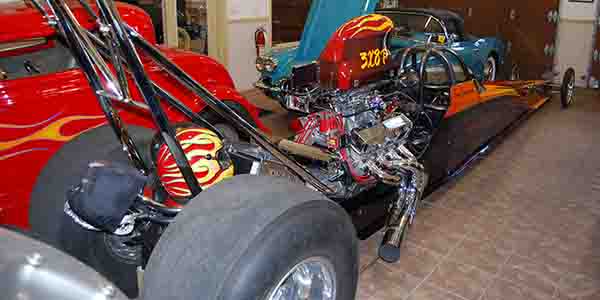
Chemical Cleaning – Solvents and Aqueous Products Are Still Popular Choices: Here’s Why They Work
Cleaning is a process that no engine builder can avoid, whether you are rebuilding high mileage engines caked with gunk and full of gunk, or you are working with all brand new components and castings.
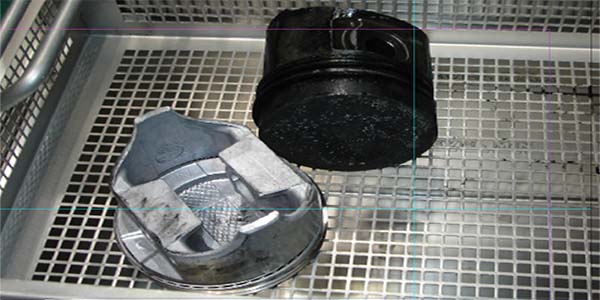
Add-On Parts Sales Can Boost Your Business Profits
POP, or point of purchase. At the movies, buying popcorn? How about something to drink? At the supermarket buying detergent? What about bleach? The connection is fast and direct. Not completing it is missing a huge opportunity for any business.
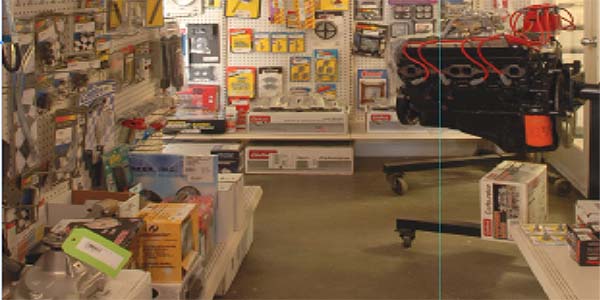
The Value and Benefit of Sonic Testing
Sonic testing is probably one of the most valuable tools of engine building – and often the most overlooked. It allows the engine builder to gain a basic perspective of the integrity of the parts that are going to be used for the engine build.
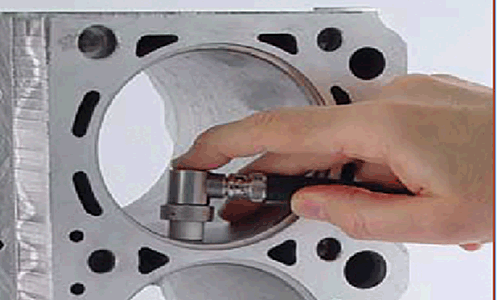
A Review of the History and Technology in 2.5L Hydroplane Racing Engines
Modern marine engines are as varied as their road- and track-going counterparts. Whether they’re powering working habor tugs, ocean-crossing container ships, leisure and fishing boats or hardcore racing boats, marine engine builders are dedicated to improving their performance and reliability through innovation. 2.5L engines have been used in both midget racing and hydroplane applications for
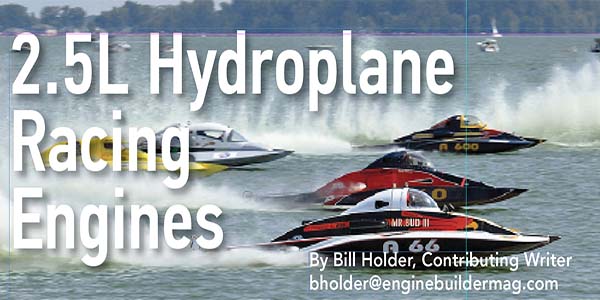
Engine Bearing Technology – The Spin on Spun Bearings
One of the worst failures that can occur inside an engine is a spun bearing. It can happen in a stock engine, race engine, gasoline engine or diesel engine. A spun bearing is bad news because it usually seizes itself around the crankshaft journal. What happens next depends on the bearing’s location.
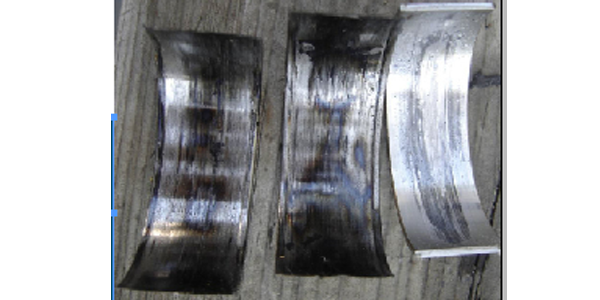
Why You Should Know How Different Fuels Need Different Motor Oils (But Proabably Don’t!)
A tremendous amount of attention has been focused on alternative fuels. However, little attention has been paid to lubricating oils for use with those fuels, and each different alternative fuel prefers oils with slightly different compositions.
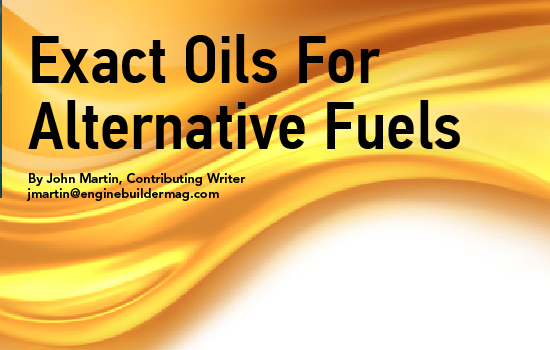
Profitable Performance – Sell Value Before Price
Selling value is all about selling you. Yes, this is the time to roll it all out. Your years in business represent security. Your vast resources and a belief in using quality products is important as well. Everyone knows quality costs a little more, and the implication is that it is worth it.

Understanding Borg-Warner’s R-10/R-11 Overdrive Transmissions
Borg-Warner overdrive transmissions were first introduced in 1934, originally designed to reduce engine rpms at highway speeds. The early overdrive transmission is actually a two-speed planetary transmission attached to the rear portion of a standard three-speed transmission.
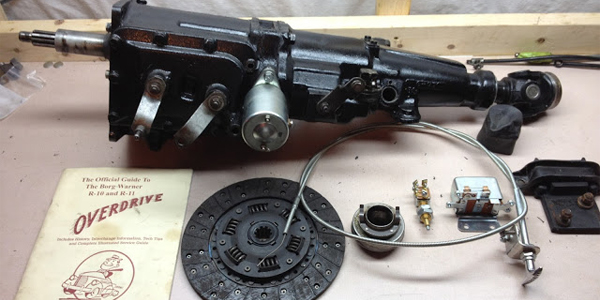
Preventing Connecting Rod Failures
Connecting rods are some of the hardest working parts inside an engine. Fortunately, rod failures from severe overloading don’t happen that often. However, they can occur in racing or extreme street performance applications. So here’s what you need to know.
